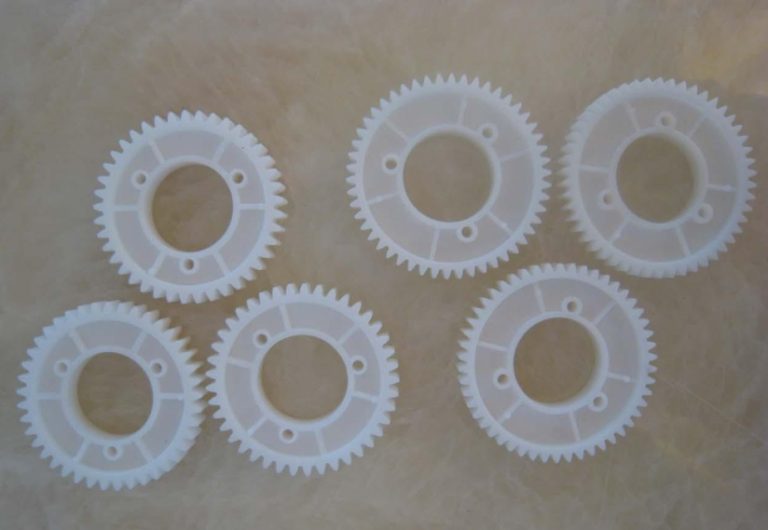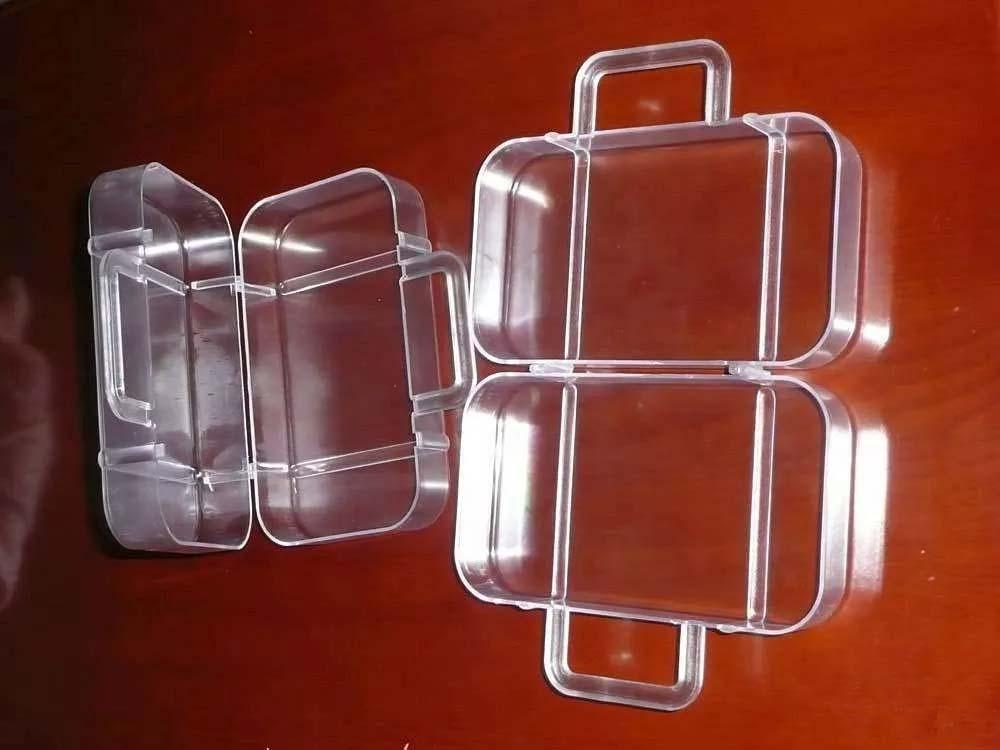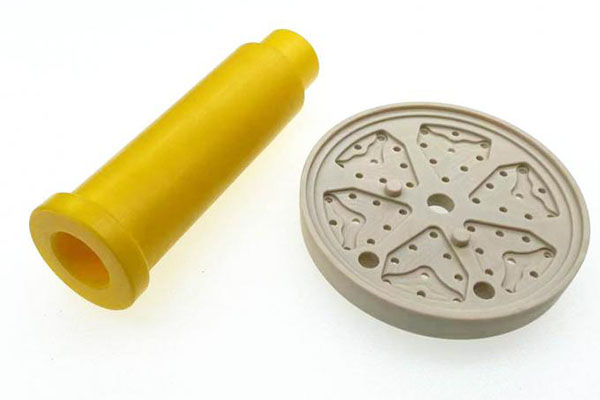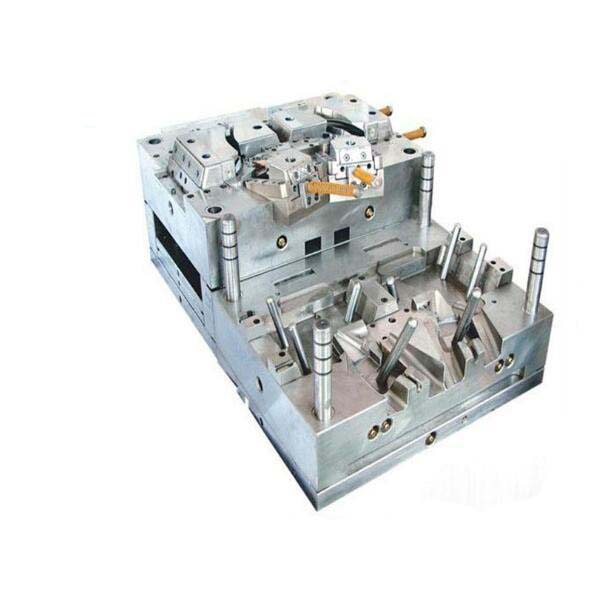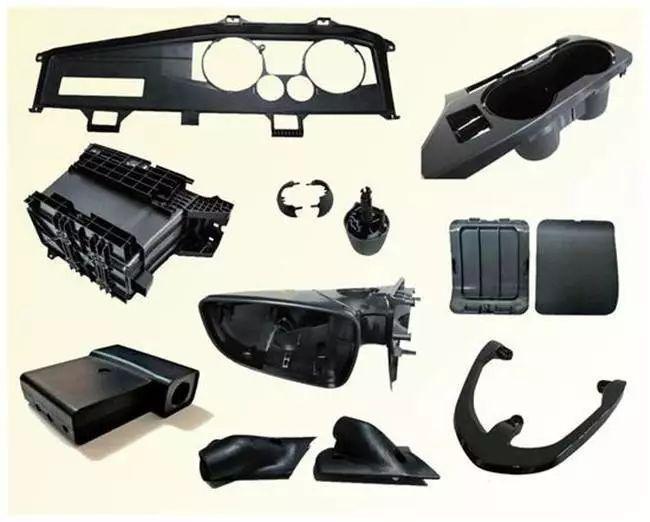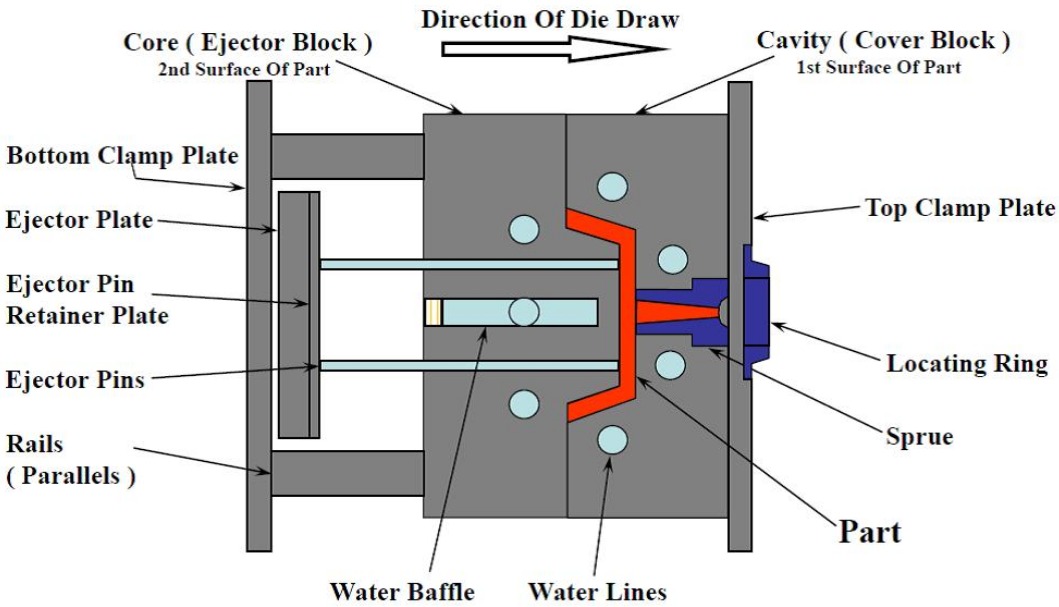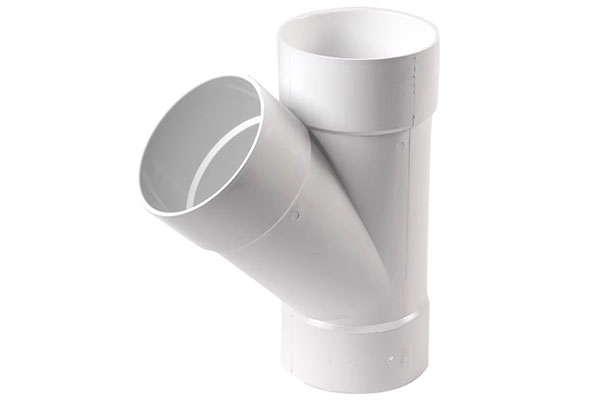Understanding Injection Molding
Injection molding is a manufacturing process that has revolutionized the production of plastic and other materials. It involves heating raw materials, typically in pellet form, into a molten state and then injecting them into a mold cavity under high pressure. Once the material cools and solidifies within the mold, it takes on the precise shape of the cavity, resulting in a finished product. This process is highly versatile and is widely used across various industries for its efficiency and precision.
The Significance of Injection Molding
Injection molding plays a crucial role in modern manufacturing for several reasons. First and foremost, it enables high - volume production with remarkable speed. For example, in the consumer electronics industry, companies can produce thousands of identical smartphone cases in a single day using injection molding. This high - volume production capability is essential for meeting the demands of a global market.
Secondly, injection molding offers exceptional precision. It can create products with intricate details and tight tolerances. In the medical device industry, components such as syringe barrels and insulin pen casings need to be produced with extreme accuracy to ensure proper functionality and patient safety. Injection molding can achieve tolerances as low as ±0.001 inches, making it suitable for such critical applications.
Applications Across Industries
The applications of injection molding are vast and diverse:
- Automotive Industry: Injection molding is used to create a wide range of automotive parts, from interior components like dashboards, door panels, and steering wheels to exterior parts such as bumpers, fenders, and headlight housings. For instance, a modern car may contain hundreds of injection - molded plastic parts, which not only reduce the vehicle's weight but also contribute to cost - effective production.
- Consumer Goods: This includes items like toys, kitchenware, and household appliances. Toys, in particular, often feature complex shapes and bright colors, which can be easily achieved through injection molding. Kitchen utensils such as spatulas, ladles, and food storage containers are also commonly produced using this method.
- Electronics: Components like computer keyboards, mouse casings, and mobile phone bodies are typically injection - molded. The ability to produce parts with smooth surfaces and precise dimensions is crucial for the aesthetics and functionality of electronic devices.
- Medical Field: In addition to the previously mentioned syringe barrels and insulin pen casings, injection molding is used to make medical device housings, catheters, and prosthetic components. These parts need to be biocompatible and sterile, and injection molding can meet these requirements by using appropriate materials and clean manufacturing processes.
The Injection Molding Process in Detail
The injection molding process can be broken down into several distinct stages, each with its own set of critical operations and considerations.
1. Pre - processing Stage
Material Preparation: The first step is to ensure that the raw materials, usually in pellet form, are of the highest quality. Different polymers have different properties, and it's essential to select the right one for the product. For example, if you're manufacturing a high - temperature - resistant component, materials like polyetheretherketone (PEEK) might be a better choice than standard polyethylene. The pellets are often dried to remove any moisture. Moisture in the material can cause defects such as bubbles and voids in the final product. A moisture content of less than 0.05% is typically desirable for most plastics.
Mold Inspection: The mold is the heart of the injection molding process. Before starting production, a thorough inspection of the mold is crucial. Check for any signs of wear and tear, such as scratches or dents in the cavity. Inspect the moving parts of the mold, like the ejector pins and slides, to ensure they move freely. A misaligned or damaged mold can lead to inconsistent product quality and even production stoppages.
2. The Injection Phase
Injection Pressure and Speed: Once the pre - processing is complete, the pellets are fed into the injection unit. Here, they are heated to a molten state. The molten material is then injected into the mold cavity under high pressure. The injection pressure can range from 500 to 3000 psi, depending on factors like the type of material, the complexity of the mold, and the size of the product. For small, simple parts made of low - viscosity plastics, a lower pressure of around 500 - 1000 psi might be sufficient. However, for large, complex parts or materials with high viscosity, pressures up to 3000 psi may be required.
The injection speed also plays a vital role. A slow injection speed can result in incomplete filling of the mold, while a too - fast speed can cause issues like air entrapment and flash. The ideal injection speed is often determined through trial - and - error or by using computer - aided engineering (CAE) software, which can simulate the injection process and predict the optimal speed.
3. Cooling and Solidification
Cooling Time and Temperature: After the mold is filled, the material needs to cool and solidify to take on the shape of the mold cavity. The cooling time is a critical factor as it affects the production cycle time and the quality of the final product. Generally, the cooling time is proportional to the thickness of the part. For example, a part with a thickness of 2 mm might require a cooling time of 10 - 15 seconds, while a 4 - mm - thick part could need 20 - 30 seconds.
The cooling temperature is also carefully controlled. Most molds are equipped with cooling channels through which a coolant, usually water, is circulated. The coolant temperature is typically maintained at a level that ensures uniform cooling of the part. Uneven cooling can lead to warping and internal stresses in the product. For example, if one side of the part cools faster than the other, it can cause the part to warp, affecting its dimensional accuracy.
4. Demolding stage
Ejection and Potential Issues: Once the part is fully solidified, it's time to eject it from the mold. Ejector pins, which are strategically placed in the mold, push the part out. However, this stage is not without its challenges. One common issue is part sticking, where the part adheres to the mold surface. This can be caused by factors such as a lack of proper mold release agent, high residual stresses in the part, or an improper draft angle.
Another issue is ejection marks. If the ejector pins are not designed correctly or are not placed in the right locations, they can leave marks on the surface of the part, which can be a cosmetic defect, especially for products where surface finish is crucial, such as consumer electronics. To avoid these issues, proper mold design, the use of high - quality mold release agents, and careful adjustment of the ejection process are essential.
Comparing Injection Molding with Other Processes
When considering manufacturing processes, it's essential to understand how injection molding stacks up against alternatives. Here, we'll compare injection molding with compression molding and 3D printing, two commonly used processes in the industry.
Injection Molding vs. Compression Molding
Compression molding is another molding process, often used for thermosetting plastics and some elastomers. Here's a comparison between the two in tabular form:
| Comparison Aspect | Injection Molding | Compression Molding |
| Process Description | Melts pellets and injects the molten material into a closed mold cavity under high pressure. | Places pre - measured amounts of raw material (usually in a pre - formed shape like a pre - form or bulk compound) into an open mold. The mold is then closed, and heat and pressure are applied to shape and cure the material. |
| Cycle Time | Generally faster, with cycle times ranging from a few seconds to a couple of minutes, depending on the part size and complexity. This allows for high - volume production. | Longer cycle times, typically several minutes, due to the need for the material to cure under heat and pressure. This limits the production rate. |
| Part Complexity | Can produce highly complex parts with intricate details, thin walls, and undercuts. The high - pressure injection enables the material to fill even the most complex mold cavities. | Limited in terms of part complexity. Producing parts with thin walls or complex geometries can be challenging as the material flow is more restricted compared to injection molding. |
| Tooling Costs | High initial tooling costs as molds are complex and require precision manufacturing. However, the cost per part decreases significantly with high - volume production. | Lower initial tooling costs compared to injection molding, but the molds still require careful design and construction. |
| Material Waste | Minimized as most of the injected material is used to form the part. Any excess material (runner and gate systems) can often be recycled. | Some material waste may occur due to the need for over - molding to ensure complete filling of the mold, especially for complex shapes. |
Injection Molding vs. 3D Printing
3D printing, also known as additive manufacturing, has gained popularity in recent years. Here's how it compares to injection molding:
| Comparison Aspect | Injection Molding | 3D Printing |
| Production Volume | Ideal for high - volume production, capable of producing thousands or even millions of parts in a cost - effective manner. | Best suited for low - volume production or prototyping. The layer - by - layer construction process is relatively slow, making high - volume production time - consuming and expensive. |
| Part Size and Shape Limitations | Parts are generally limited by the size of the injection molding machine's clamping force and the mold size. However, large - scale injection molding machines can produce quite large parts. There are also some limitations on part height due to the ejection process. | Can create parts with complex geometries without the need for additional tooling for undercuts or internal features. There are fewer size limitations in theory, but in practice, large - scale 3D printers are still relatively expensive and less common. |
| Surface Finish | Can achieve a very smooth surface finish, which is crucial for applications like consumer electronics and automotive parts. | Surface finish can be rough, especially in some 3D printing technologies like fused deposition modeling (FDM). Post - processing is often required to improve the surface quality. |
| Material Options | A wide range of materials can be used, including various thermoplastics, some thermosets, and even metals (in metal injection molding). | Material options are more limited compared to injection molding, although the range is expanding. Common materials include plastics, resins, and some metals, but the material properties may not always match those of traditional injection - molded materials. |
Yigu Technology's Perspective
As a non - standard plastic metal products custom Supplier, Yigu Technology highly values injection molding for its versatility and precision. We understand that every custom project is unique, and injection molding allows us to bring our clients' innovative ideas to life.
Our in - house injection molding capabilities enable us to produce components with tight tolerances and complex geometries. Whether it's creating custom - designed plastic parts for a specialized machinery or developing metal - plastic composite products, we have the expertise to handle it. By closely collaborating with our clients during the design phase, we can optimize the injection molding process to reduce costs and enhance product performance. Additionally, we use high - quality raw materials and state - of - the - art molds to ensure the durability and reliability of our custom - made products. With our focus on quality control and continuous improvement, we are committed to delivering injection - molded products that exceed our clients' expectations.
FAQ
1. What are the main factors affecting the quality of injection - molded products?
Several key factors influence the quality of injection - molded products. Temperature is crucial. Both the melt temperature and the mold temperature play significant roles. If the melt temperature is too high, it can cause material degradation, leading to discoloration and reduced mechanical properties. On the other hand, if it's too low, the material may not flow properly, resulting in incomplete filling of the mold. The mold temperature affects the cooling rate. Uneven mold temperature can cause warping and internal stresses in the product.
Pressure is another important factor. Injection pressure determines whether the molten material can fill the mold cavity completely. Insufficient pressure may lead to short - shots, where the part is not fully formed. Excessive pressure, however, can cause flash (thin, unwanted excess material around the edges of the part) and over - packing, which can affect the part's dimensions and mechanical properties. Injection speed also impacts quality. A too - slow injection speed may cause cold - weld lines, while a too - fast speed can trap air inside the part, creating voids.
2. How can I reduce the cost of injection molding?
There are several ways to reduce the cost of injection molding. Optimizing the mold design is a great starting point. A well - designed mold can reduce cycle times, minimize material waste, and improve product quality. For example, using conformal cooling channels in the mold can speed up the cooling process, thus reducing the overall cycle time. This allows for more parts to be produced in a given time, lowering the cost per part.
Selecting the right materials is also essential. While high - performance materials may be necessary for some applications, in many cases, a more cost - effective alternative can be found without sacrificing too much on quality. For instance, if a product doesn't require extremely high heat resistance, a less expensive plastic with adequate heat - resistant properties can be used instead of a high - end engineering plastic. Additionally, recycling any excess material (such as runners and gates) can help cut down on material costs.
3. Can injection molding be used for small - batch production?
Injection molding can be used for small - batch production, but it has both advantages and limitations. Advantages include the ability to produce parts with high precision and good surface finish, even in small quantities. This can be crucial for products where aesthetics and functionality are important, such as prototypes or high - end niche products.
However, there are limitations as well. The main drawback is the high initial cost of tooling. Molds for injection molding are expensive to design and manufacture. For small - batch production, this high upfront cost can make the cost per part relatively high. In such cases, alternative processes like 3D printing or rapid prototyping may be more cost - effective. But if the small - batch parts require the mechanical properties and precision that injection molding can offer, and the cost per part is acceptable considering the product requirements, injection molding can still be a viable option for small - batch production.
